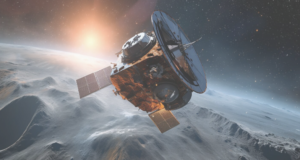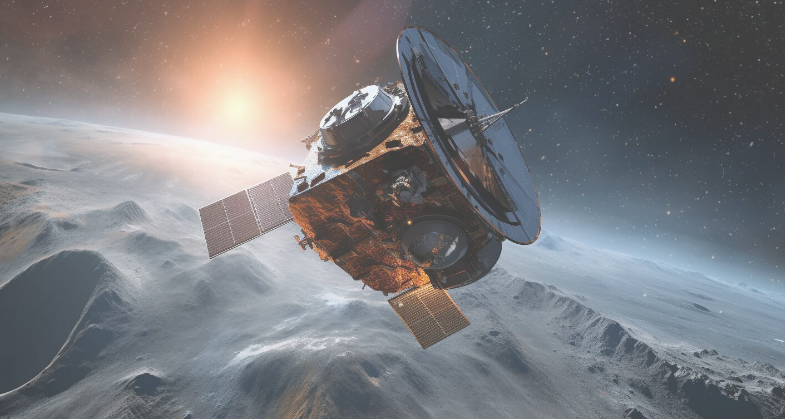Exploring New Materials for Space Exploration: An Engineering Perspective
The vast and unforgiving environment of space demands innovation and precision in every aspect of engineering. Among the critical challenges in space exploration is the development of materials capable of withstanding extreme conditions while maintaining functionality, durability, and efficiency. From spacecraft hulls to astronaut gear, each component requires cutting-edge materials tailored for specific challenges. This article delves into the emerging materials that are redefining the possibilities for space exploration.
Key Challenges in Space Environments
Before exploring materials, it is essential to understand the unique challenges posed by space:
- Extreme Temperatures: Spacecraft experience rapid temperature fluctuations, ranging from -200°C in shadowed areas to over 120°C in sunlight.
- Radiation Exposure: High levels of cosmic radiation can degrade materials and electronics.
- Micrometeoroid Impacts: High-velocity debris can cause significant damage.
- Vacuum Conditions: Outgassing and material degradation in a vacuum pose unique challenges.
- Weight Constraints: Materials must be lightweight to minimize launch costs while maintaining strength.
Emerging Materials and Their Applications
- Carbon Nanotubes (CNTs)
- Applications: Structural components, lightweight composites, and radiation shielding.
- Advantages: Exceptional tensile strength, low weight, and excellent thermal conductivity make CNTs ideal for spacecraft structures and tethers.
- Metallic Glasses
- Applications: Gears, bearings, and components requiring wear resistance.
- Advantages: Amorphous structure provides high strength and resistance to corrosion and wear, crucial for moving parts in space.
- Aerogels
- Applications: Thermal insulation and impact protection.
- Advantages: Extremely lightweight with low thermal conductivity, aerogels are effective in insulating spacecraft and protecting delicate instruments.
- Self-Healing Polymers
- Applications: Spacecraft hulls and astronaut suits.
- Advantages: Capable of autonomously repairing micrometeoroid damage, reducing maintenance needs and improving safety.
- High-Entropy Alloys (HEAs)
- Applications: Structural components and tools.
- Advantages: These alloys combine multiple metals, offering superior strength, radiation resistance, and durability under extreme conditions.
- 3D-Printed Regolith-Based Materials
- Applications: Construction of habitats on the Moon and Mars.
- Advantages: Utilizing in-situ resources reduces the need to transport materials, making extraterrestrial construction more feasible.
Future Directions
As space exploration ventures further into deep space and considers long-term missions, such as those to Mars, the need for advanced materials becomes more pronounced. Collaborative efforts between material scientists, engineers, and space agencies are paving the way for innovations like:
- Smart Materials: Capable of responding to environmental changes, such as temperature-sensitive coatings or shape-memory alloys.
- Biomimetic Materials: Inspired by nature, these materials offer unique properties, such as self-repair and adaptability.
- Radiation-Resistant Materials: Advanced composites and coatings designed to protect both equipment and human explorers from harmful radiation.

Conclusion
The development of new materials for space exploration is a multidisciplinary endeavor that blends engineering ingenuity with scientific discovery. These materials not only address the immediate challenges of surviving and thriving in space but also inspire broader innovations on Earth. As humanity pushes the boundaries of exploration, the quest for advanced materials will remain at the forefront, ensuring safer, more efficient, and more sustainable space missions.
Also Read :
